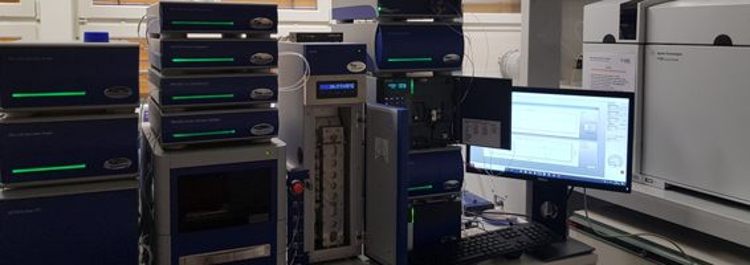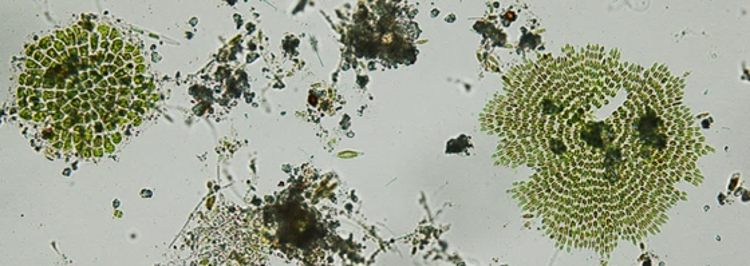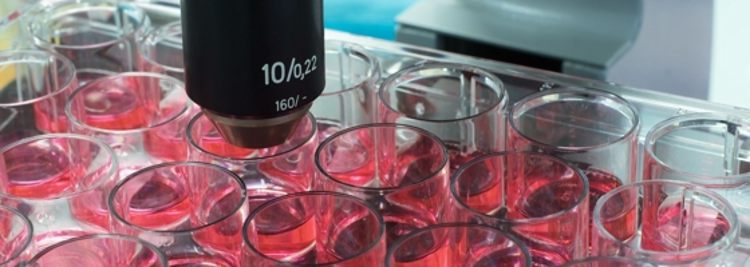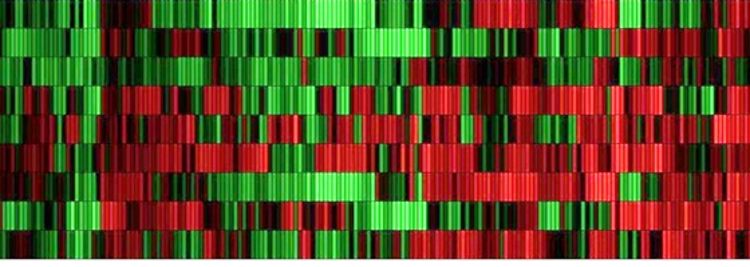The research in the laboratory of Environmental Biogeochemistry and Ecotoxicology aims to improve the understanding, at the molecular level, of the basic processes that govern the behavior of toxic trace metals and purposely made nanoparticles in the aquatic systems, from their input to the site of biological action. The emphasis is on the development of innovative concepts and new state-of-the-art-tools to study their interactions with various biotic and abiotic constituents of aquatic systems. A unifying concept of this broad scope research is bioavailability that allows for relating different processes at the medium organisms’ interfaces with biological effects on a specific (micro)organism, population or community, as well as to account for the role of different physicochemical and biological factors affecting temporal and spatial variation in biological availability and effects.
The present research is focused on the biogeochemistry and ecotoxicology of Hg, Cd, Cu, Pb, different metal containing nanoparticles in freshwater, marine and coastal waters. The research approach combines experimentation in the laboratory to recreate and understand the key process at the medium/ biota interface, field experimentation to validate these results; modeling, risk assessment and mapping. A large variety of methods and tools, taken from different disciplines, ranging from analytical and environmental chemistry, ecotoxicology, molecular biology and modelling.
The long term goal of this fundamental and issue -driven research is to apply this fundamental knowledge to anticipate the combined effects of global change, chemical and physical stress on the water quality, to foresee the associated consequences and to prevent possible risks. Thus we are contributing to development of rational aquatic systems management practices for the 21st century.




